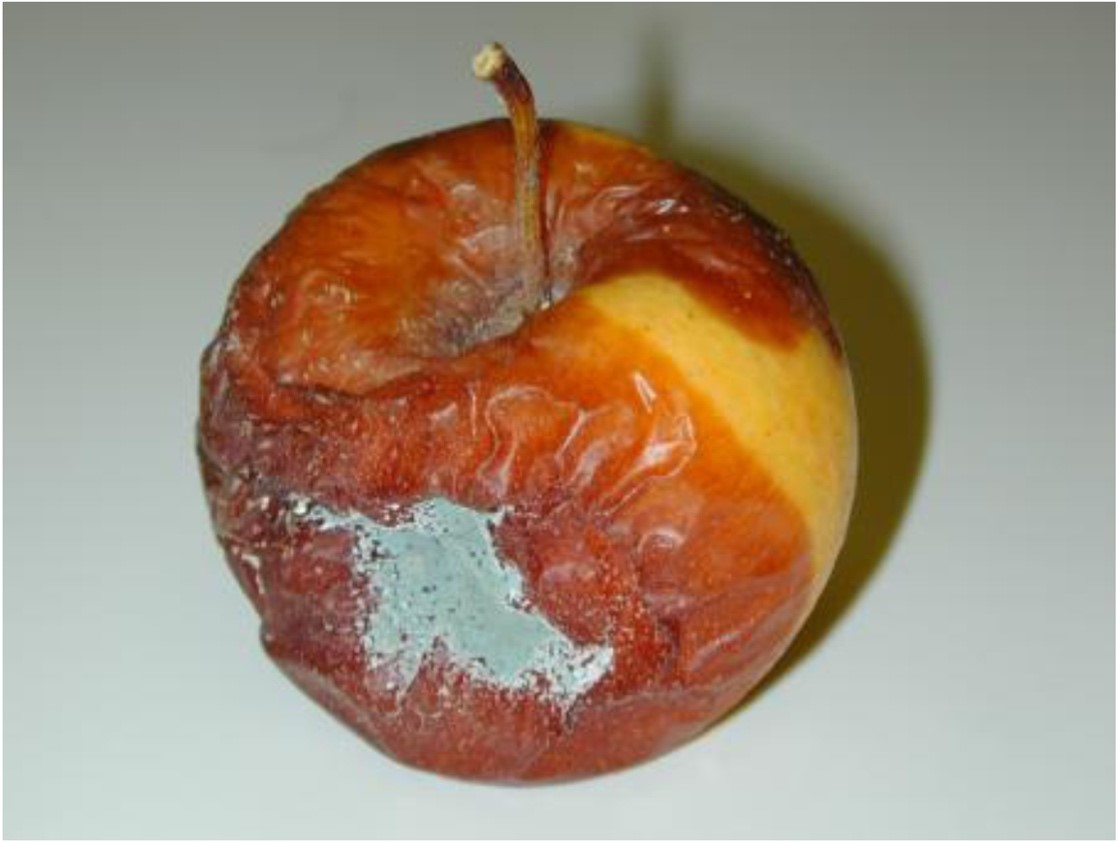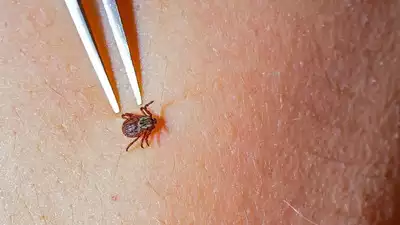Description

Disclaimer: Copyright infringement not intended.
Context
- A study, ‘Mitigating Patulin Toxicity in Food Products through Microbial Degradation’, was conducted by Associate Professor Toshiki Furuya and team from Tokyo University of Science (TUS), Japan.
Details
Key Findings
- Patulin Toxicity: Patulin, a mycotoxin produced by various fungi, poses health risks to humans, mammals, plants, and microbes. It is commonly found in damaged or decaying fruits, particularly apples, and can contaminate apple products, including apple sauce, apple juice, jams, and ciders, if proper hygiene measures are not followed during food production.
- Health Risks: Patulin toxicity can result in various health issues, including nausea, lung congestion, ulcers, intestinal hemorrhages, DNA damage, immunosuppression, and an increased risk of cancer. Consequently, many governments have established limits on the permissible levels of patulin in food items, particularly in baby food.
- Treatment: Patulin toxicity treatment typically involves oxygen therapy, immunotherapy, detoxification therapy, and nutrient therapy. However, the study focuses on prevention as an essential approach.
- Identification of Acremonium sp. (TUS-MM1): Through their screening, the team identified a specific filamentous fungal strain called Acremonium sp., referred to as "TUS-MM1." This strain belongs to the Acremonium genus and demonstrated the potential to degrade patulin into less harmful chemical substances.
- They found that TUS-MM1 cells transform absorbed patulin into desoxypatulinic acid, a compound significantly less toxic than patulin itself, by adding hydrogen atoms.
- The study also revealed that some compounds secreted by TUS-MM1 cells can transform patulin into other, less toxic molecules when mixed with patulin. These transformation products were found to be considerably less toxic than patulin.
Significance and Future Applications
- The research has significant implications for food safety by potentially reducing patulin contamination in food products.
- Understanding the mechanisms through which microorganisms like TUS-MM1 can degrade patulin may lead to the development of biocontrol methods to mitigate patulin toxicity in food production.

About
- Patulin is a toxic chemical compound that can be found in some fruits, particularly apples, as well as in other food products like apple juice, cider, and various processed foods.
- Patulin is a naturally occurring mycotoxin produced by certain molds, primarily Penicillium and Aspergillus species.
- These molds can grow on fruits, especially apples, during cultivation, storage, or processing. Patulin is a colorless or white crystalline powder with a slightly musty odor and a bitter taste.
Sources of Patulin
- Apples: Particularly apples that are overripe, damaged, or have bruises.
- Apple Products: Apple juice, apple cider, applesauce, and other processed apple products.
- Other Fruits: While apples are the primary source, patulin can also be present in other fruits like pears, grapes, and peaches.
- Grains: Occasionally, patulin can contaminate grains and their products, such as wheat, barley, and oats.
Health Risks
- Gastrointestinal Distress: Mild symptoms such as nausea, vomiting, and diarrhea may occur.
- Allergic Reactions: Some individuals may be allergic to patulin, leading to skin rashes, itching, or other allergic symptoms.
- Long-term Exposure: Prolonged exposure to high levels of patulin may increase the risk of more severe health issues, including kidney and liver damage.
- Carcinogenicity: Animal studies have suggested that patulin could be carcinogenic, although its carcinogenic potential in humans remains uncertain.
Regulatory Limits
- European Union: The EU sets a maximum limit of 50 micrograms per kilogram (µg/kg) for patulin in apple products and fruit juices.
- United States: The FDA (Food and Drug Administration) has established a maximum limit of 50 µg/kg for apple juice and apple juice concentrate.
- Canada: Health Canada has set a maximum limit of 50 µg/kg for patulin in apple juice and apple juice concentrate.

Conclusion
The research conducted by the team at Tokyo University of Science sheds light on the potential of a filamentous fungal strain, TUS-MM1, to efficiently degrade patulin into less harmful compounds. This discovery holds promise for improving food safety and reducing the risk of patulin toxicity in various food products.
Patulin is a mycotoxin that can be found in various fruits and their processed products, with apples being a primary source. While it can pose health risks, regulatory agencies have set limits to minimize exposure. By practicing proper food handling, storage, and choosing reliable products, you can reduce the potential health risks associated with patulin consumption. Always follow your local food safety guidelines and regulations to ensure safe food consumption.
|
PRACTICE QUESTION
Q. Which of the following statements about patulin is correct?
1. Patulin is a synthetic chemical used as a food preservative.
2. It is primarily produced by bacteria during the fermentation of fruits.
3. Patulin is a naturally occurring mycotoxin found in some fruits and their processed products.
4. It is commonly used as a flavor enhancer in the food industry.
Options:
A) Only statement 1 is correct.
B) Only statement 2 is correct.
C) Only statement 3 is correct.
D) None of the statements are correct.
Correct Answer: C)
|
https://theprint.in/science/researchers-discover-how-fungus-helps-destroy-harmful-food-toxin/1740606/
















